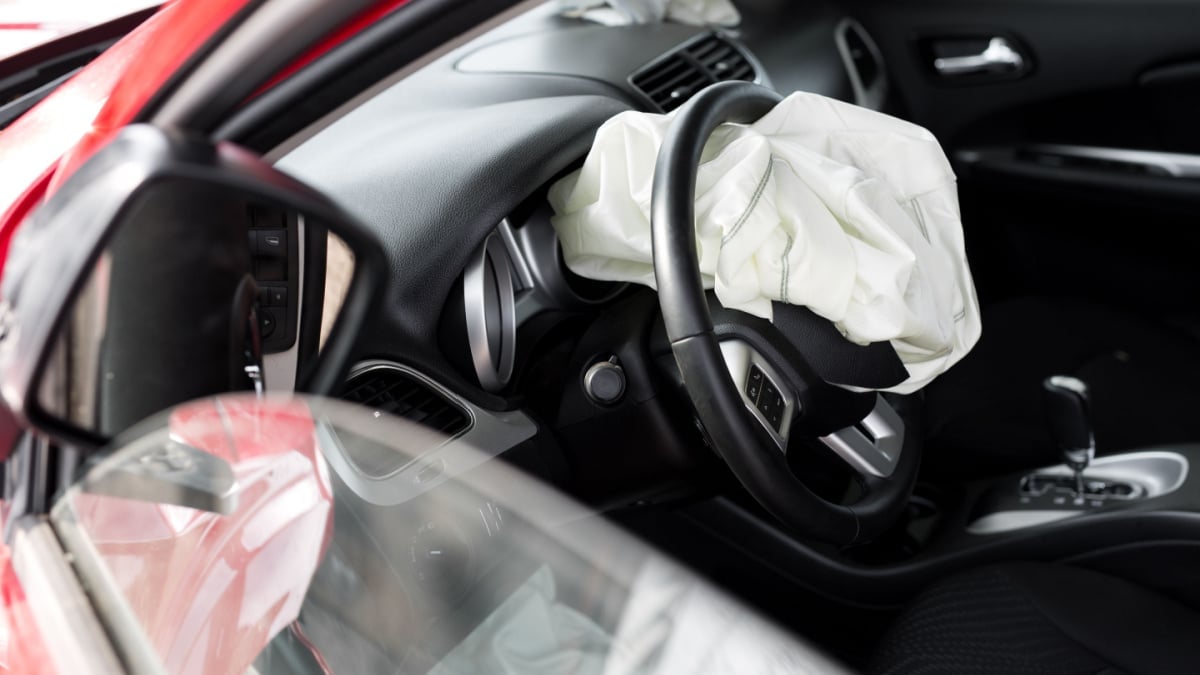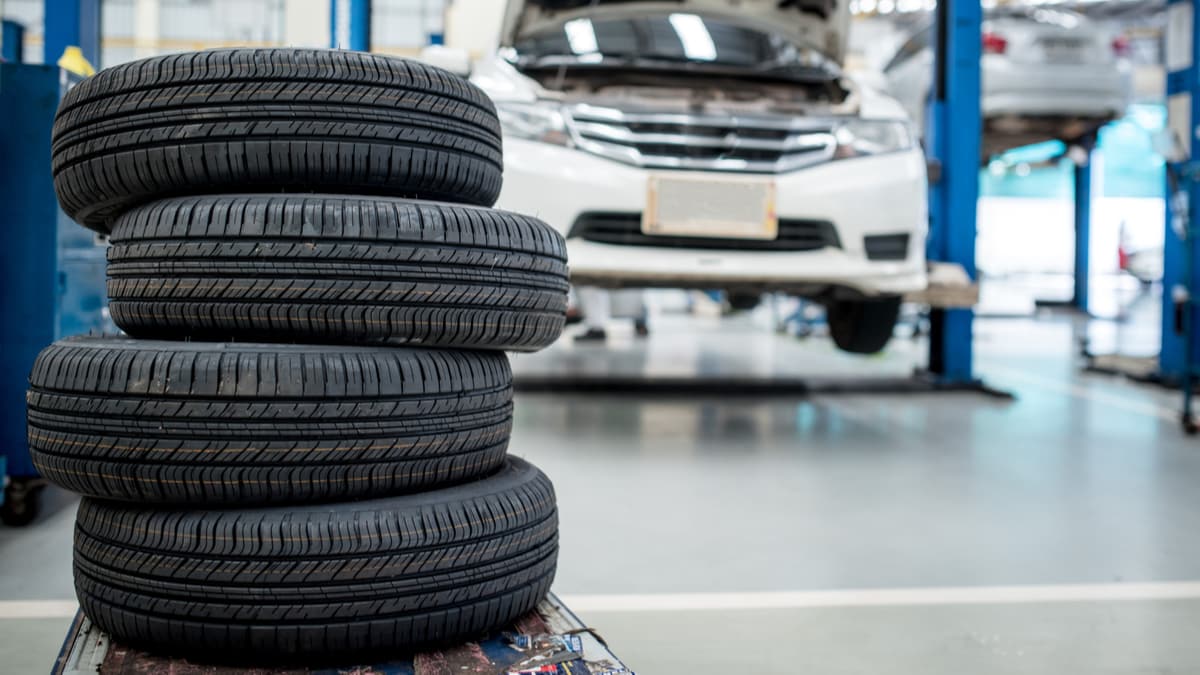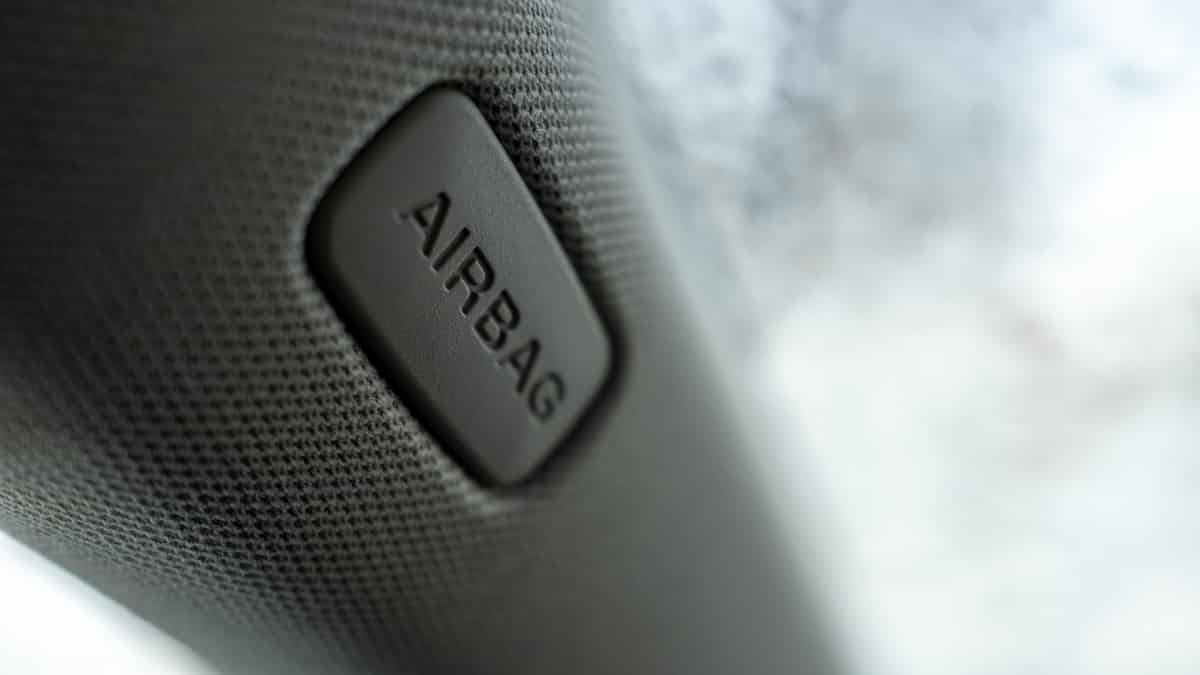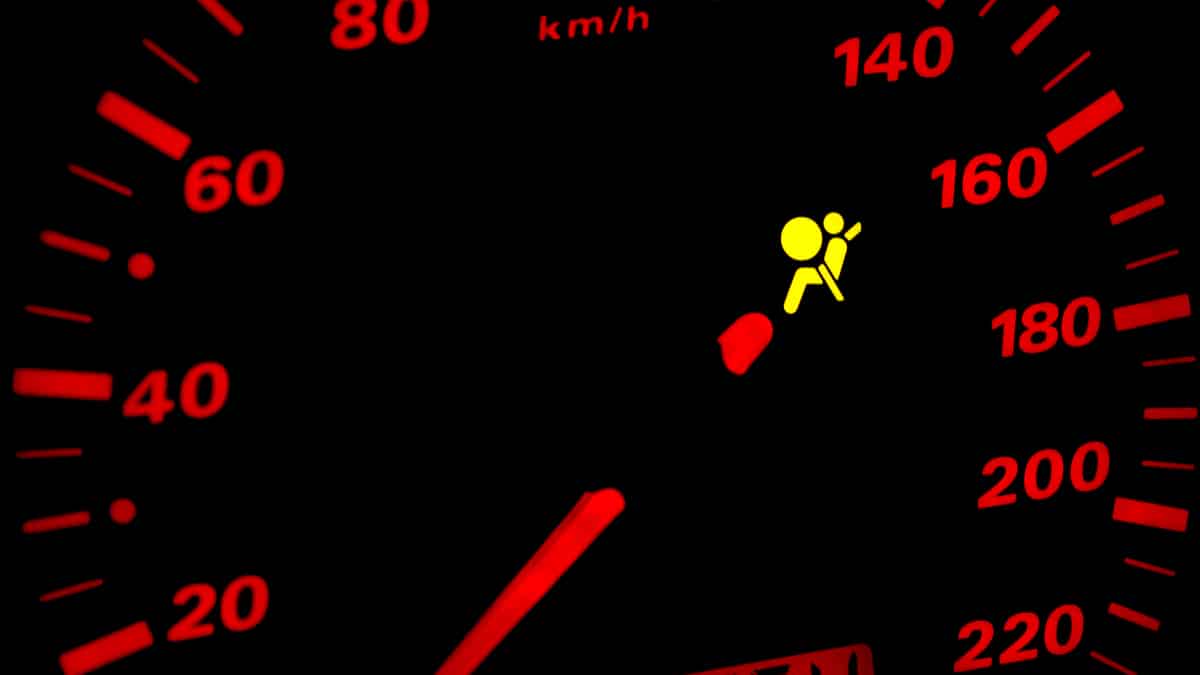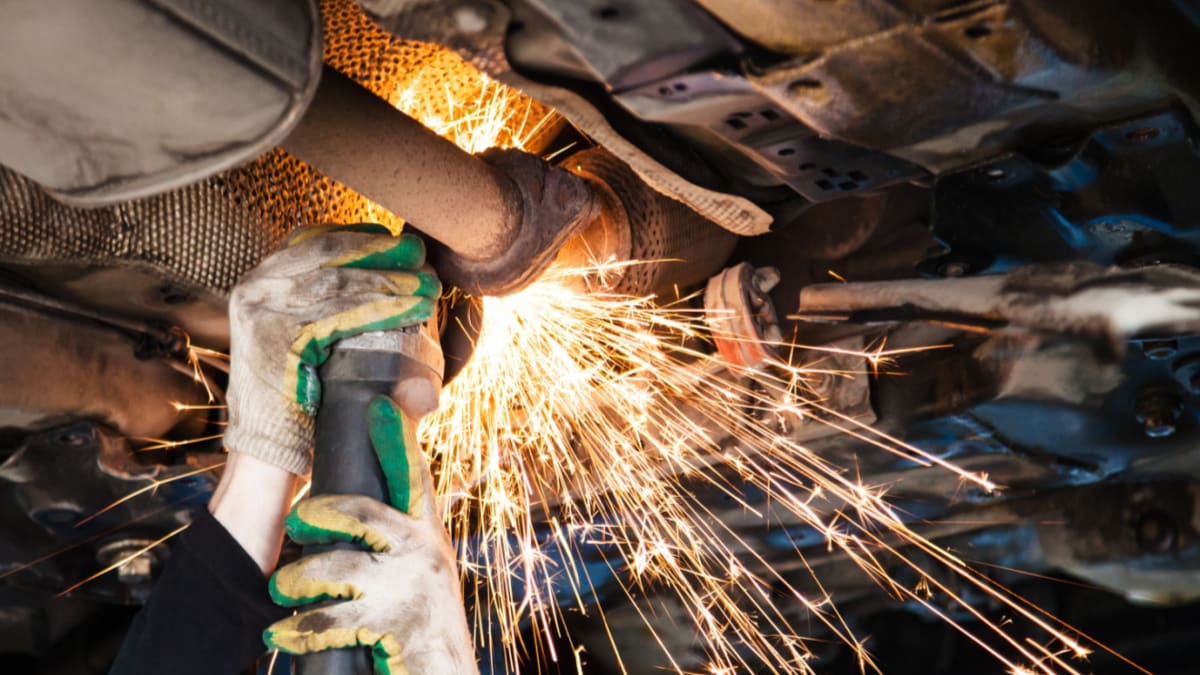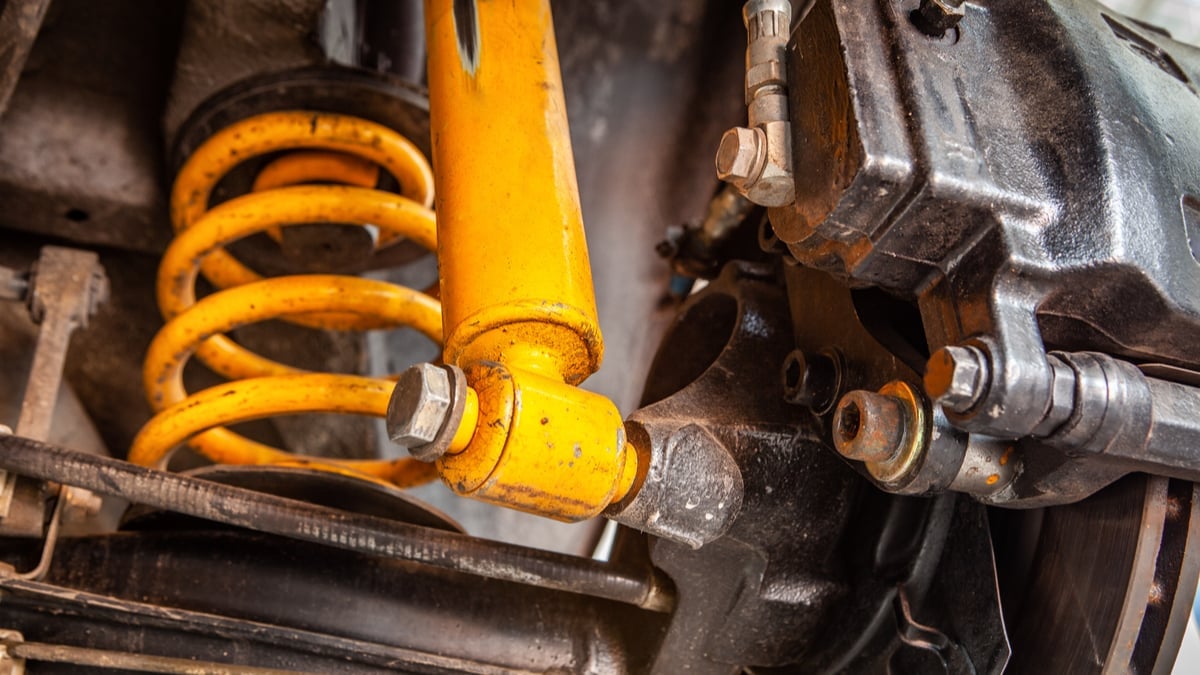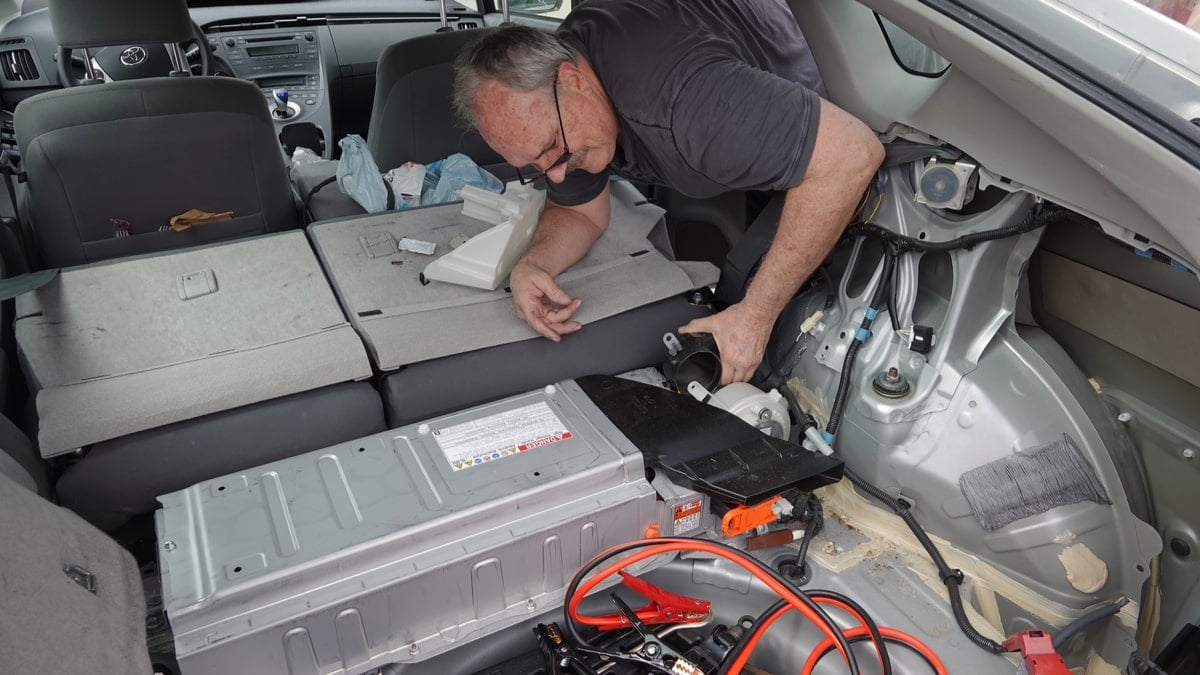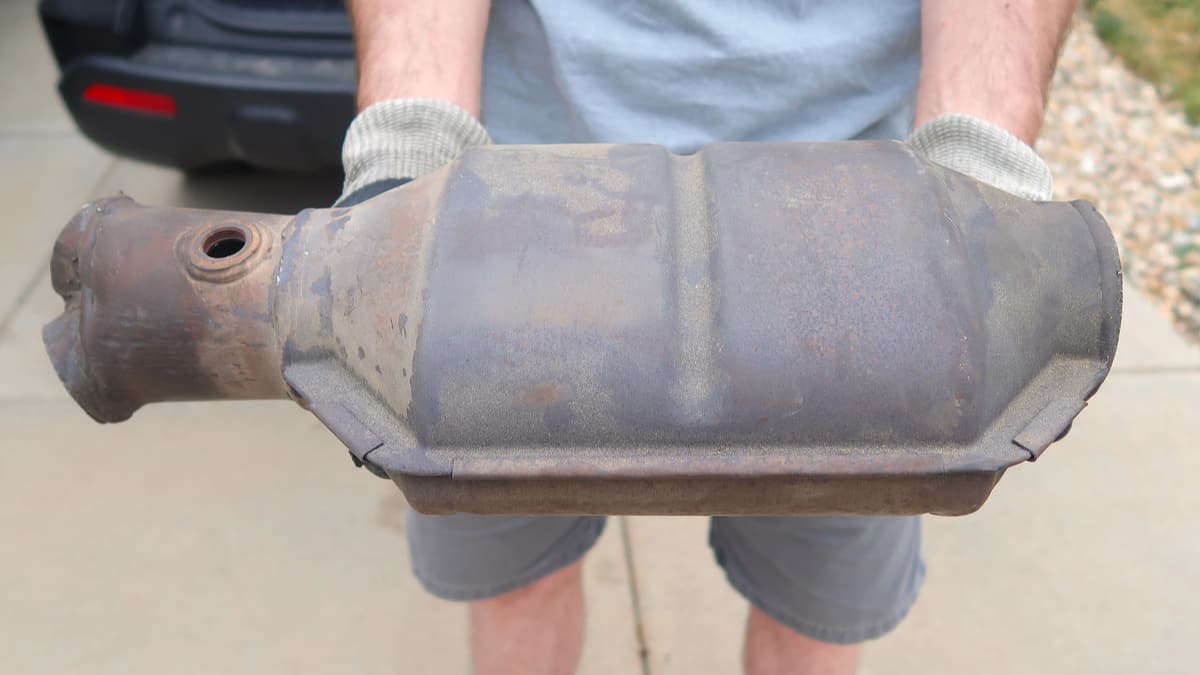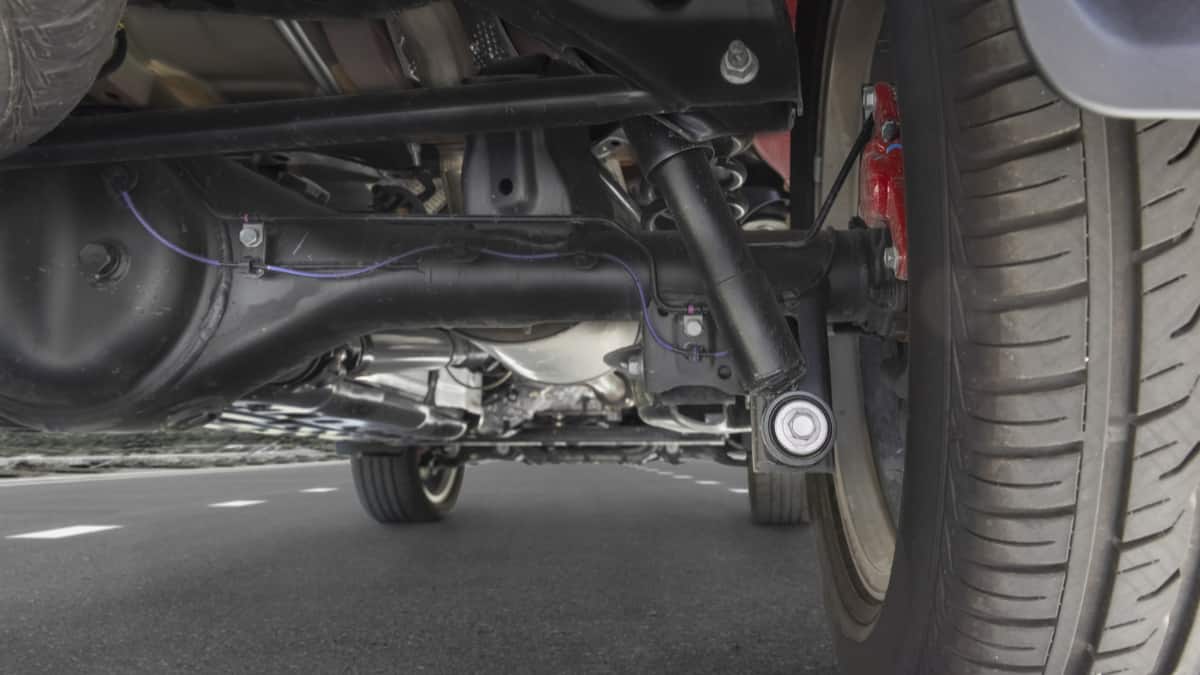According to the IIHS, more than 50,000 lives have been saved by front airbags. Yet, once these airbags deploy, they need to be replaced. This isn’t a simple task and the cost to replace an airbag often surprises drivers.
In this guide, we show you the average cost when replacing an airbag. We also look at all of the airbag parts and their respective costs. Finally, we break down the factors affecting the cost and answer a few of your top questions.
How Much Does It Cost to Replace an Airbag?
On average, you may spend between $1,000 and $2,000 to replace one airbag after an accident. This cost includes both the parts and the labor for the job. However, the cost varies depending on what type of vehicle you drive, labor costs in your area and what parts need to be replaced.
It isn’t always just the airbags that need to be replaced. You may need to replace other parts of this system, plus you must factor in the other damage done by the accident, whether it needs a new bumper, mechanical repairs, etc.
Additionally, if you’ve been in an accident, multiple airbags may have been deployed. If so, your cost is going to be much higher.
Parts Of The Airbag System And Costs
The cost you have to pay for repairs depends heavily on what parts need to be replaced. Let’s take a closer look at each part making up the airbag system and the approximate cost for each.
1. Airbags
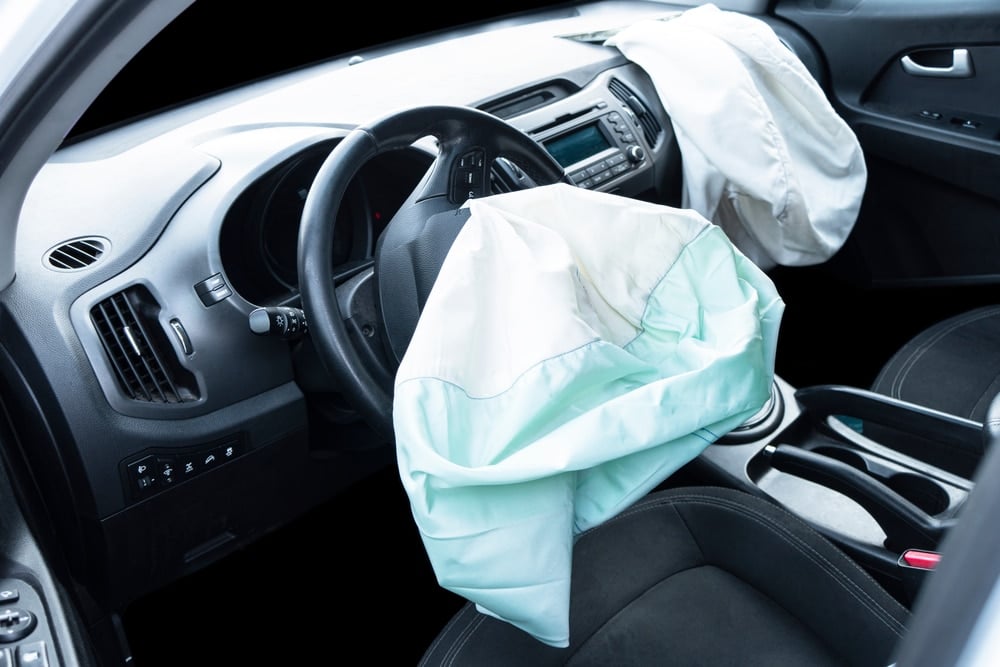
Automotive airbags were required by law in 1998 and 1999. They were designed to be placed on the driver’s and passenger’s sides to protect from serious injury during a crash. The driver-side airbag is mounted inside the steering wheel, while the passenger-side airbag is in the dashboard. There are also other types of airbags throughout some car cabins, such as knee airbags or side curtain.
The cost to replace these airbags depends on which one you need. Depending on the location and your vehicle type, the airbag alone may cost $500 to $750.
2. Crash Sensors
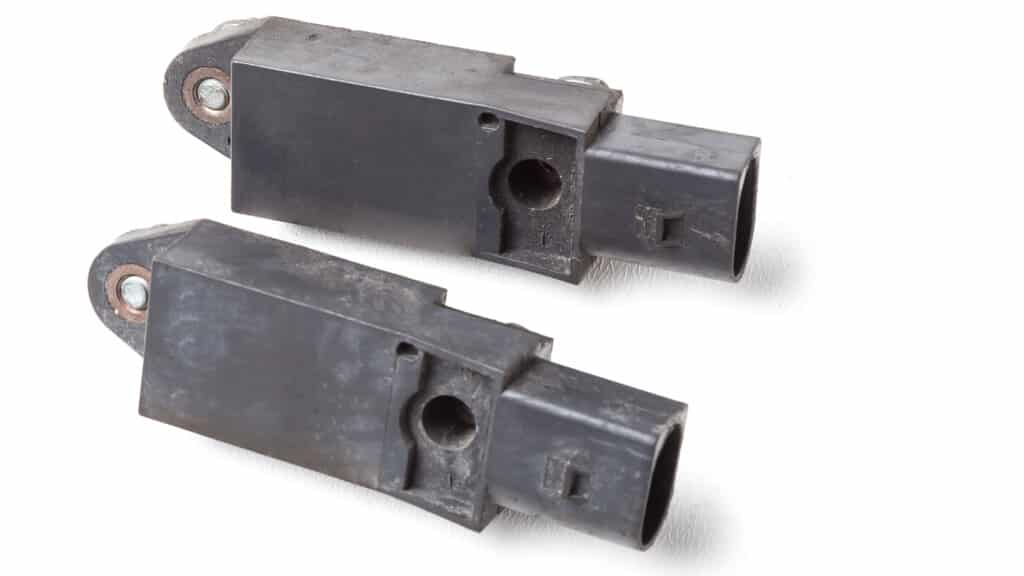
Today’s vehicles contain a crash sensor, typically mounted near the front or rear, although some models have more than one. When an impact occurs, the crash sensor sends an alert to the module to release the airbags.
If the sensor needs to be replaced after an accident, you may spend $70 to $350 for each, just for the part. After adding $50 to $150 for the labor, the total cost could be $120 to $500 per sensor.
3. Clock Spring
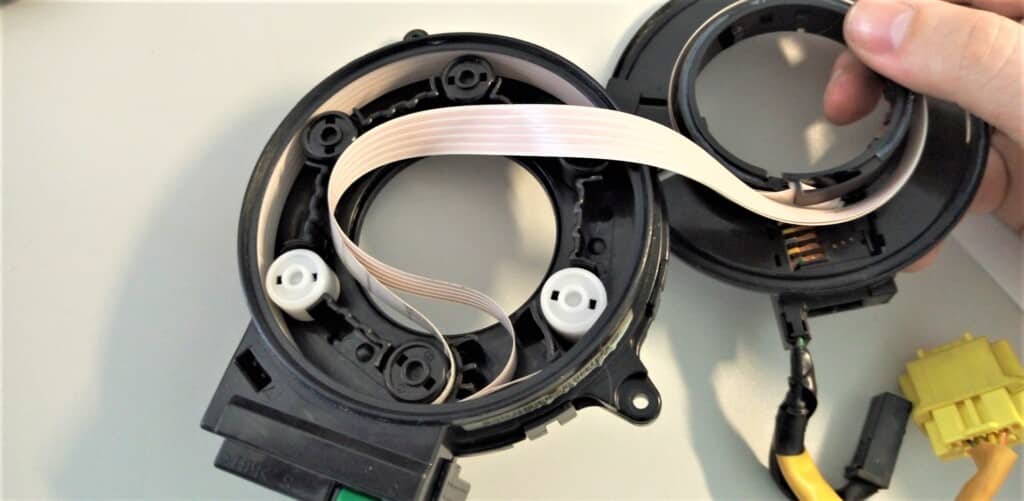
When you turn the steering wheel, the airbag doesn’t lose connection with the SRS unit. That’s because of a clock spring that’s installed in the wheel. This ribbon-type wiring lead prevents the wire from snagging, so there’s no loss of communication.
When the airbag deploys, the clock spring can become damaged. If so, you may spend $200 to $400 for the clock spring and the corresponding labor charge to install it.
4. Seat Belt Pretensioner
The seat belt pretensioner isn’t really considered part of the airbag, but it also tends to fail during an accident. It’s the component that is tightening and locks the seat belt when an accident occurs to help prevent injury. Yet, once it becomes locked, it’s impossible to undo.
To replace a seat belt pretensioner, you may spend $150 to $250. However, with some vehicles, you can simply reset the pretensioner, which costs much less.
5. Wiring
For the airbag system to work correctly, there’s a series of wiring running to all of the components. These electrical signals must be strong for the airbag to know when it’s time to deploy. A wiring harness connects the sensors to the control modules and diagnostic unit. Therefore, if the crash caused damage to the wiring, this would be an additional repair.
It’s difficult to determine the cost of new wiring or connectors without knowing where the fault is. On average, you could spend anywhere from $50 to $500, especially if there’s an issue that’s hard to track down, such as intermittent failure.
6. Airbag Diagnostic Unit (SRS)
SRS stands for the supplemental restraint system. The airbag diagnostic system runs through self-checks at every start-up to ensure everything is in good working order. If there’s a fault because of an electrical malfunction or other defect, the airbag light of the car will come on. These codes can be read with a compatible scanner and referenced through our DTC library.
The only way to turn off the code is to repair the problem, which usually involves one of the replacements mentioned above. Yet, if there’s something wrong with the diagnostic system itself, your repair costs could easily exceed $1,000.
Factors Affecting The Airbag Replacement Cost
It’s difficult to estimate the cost of airbag replacement because of several factors. First, it depends on what parts need to be replaced, as we touched on above. It also matters what the labor costs are, the type of vehicle you drive and where you get the parts from.
1. Parts Replaced
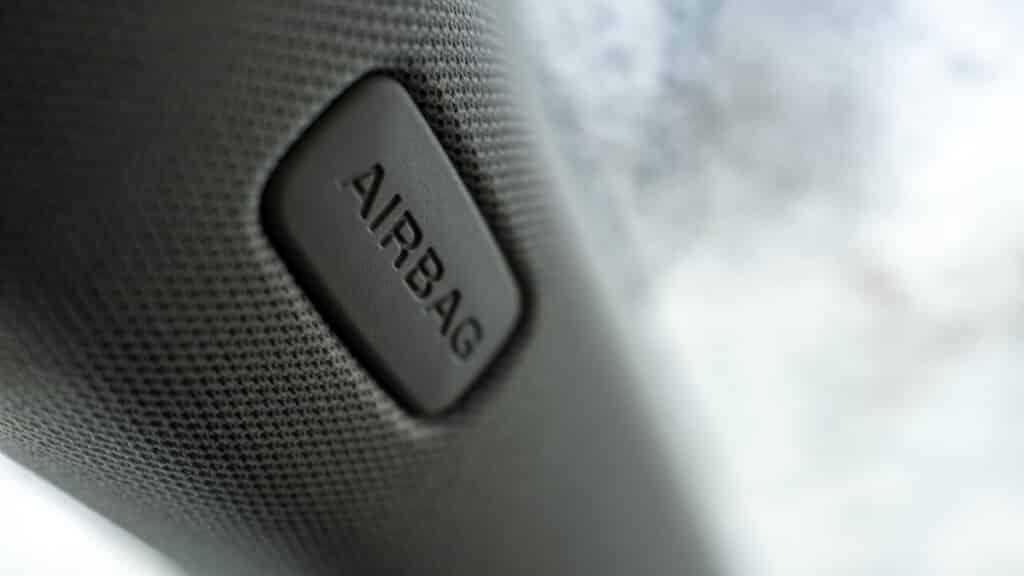
The severity of the accident is going to help determine what the repair costs are. If you only need to replace one airbag without a lot of additional parts, your costs may be lower than expected. However, if several airbags are deployed and a few parts have been damaged, you could be looking at an expensive repair bill.
Remember that today’s cars often come with more than just the driver’s and passenger’s airbags. You can also get knee airbags, side curtain airbags and airbags for the seatbelts.
In addition to the airbag expenses, you have the rest of the accident to consider. There could be body work needed or you may need a windshield replacement, all of which add up to more money.
2. Labor Costs
The average labor rates in your area change what you can expect to pay for repairs. A driver in a rural area may only pay $85 per hour, while someone else could get charged $175 an hour in the city.
If you don’t mind driving a little, it may make sense to shop around for a good labor rate. Just make sure you still choose a reputable mechanic to work with.
3. Vehicle Make/Model
The type of vehicle you drive has a lot to do with the repair costs. Some models are less expensive to repair, especially if you drive a small compact car where everything is easy to access.
On the other hand, it can be more difficult working on trucks or larger SUVs. Additionally, luxury vehicles tend to have more expensive parts and you often need a specially-trained mechanic to work on the sophisticated systems.
4. Supplier
When it comes to automotive parts, you have two choices. You can opt for original equipment manufacturer (OEM) parts or choose something from an aftermarket brand. You will spend more money buying OEM, but you know that these parts were designed to work with our vehicle.
On the other hand, there are some high-quality aftermarket parts available that could save you a little bit of money. Just be careful what brand you choose and make sure it’s going to hold up. Saving a few dollars is never worth your safety, especially when it comes to safety parts such as airbags.
Can I replace the airbags myself?
There’s nothing stopping you from replacing the airbags yourself. However, you should think about two things. First, unless you have experience working with airbags, you may not know some of the proper procedures. Secondly, airbags are designed for your safety. If you don’t install them right, you could put everyone in the car at risk.
Can I drive a car without airbags?
If the car is older and didn’t come with airbags, you can drive it the way it is. However, in most states, it’s illegal to drive a car with the airbags intentionally disabled or tampered with. You can also get in trouble if you don’t replace the airbags after they were deployed during an accident.
Why is replacing airbags so expensive?
It takes a lot of time and money for manufacturers to design and create airbags. For that reason, the replacement parts are pricey. The labor to install them is also expensive because it’s not a simple job. It’s important that airbags work as intended, which is why you want to pay an expert for replacement.
Does insurance cover airbag replacement?
If your vehicle was in an accident and the airbags were deployed, your car insurance may pay for the replacement. It depends on what type of coverage you have and who was at fault for the accident. Check with your insurance company to see what’s covered. You may have to pay a small deductible for the repairs.
Will they total a car if the airbags don’t deploy?
If the airbags don’t deploy, you may be able to pursue legal action with the manufacturer. If the airbags did deploy during an accident, you vehicle may be considered a total loss if the cost of replacement and repair is more than the value of the car. Check with your insurance company to get more details.
If you’ve been in an accident, you know how scary it can be to have the airbags deployed. Yet, there’s also a sense of thankfulness as the airbags did their job and helped to prevent more serious issues. It’s the repair bills that cause many people to lose that attitude of appreciation, which we completely understand as mechanics.
Because it’s imperative that the airbags get replaced, you have to bite the bullet and deal with these expenses. Otherwise, it might be time to sell the vehicle, but you won’t get full resale value with the airbag situation. Talk with your local mechanic if you are unsure of the next steps.
